Intro
Understand your heart health with a Cholesterol Profile Test Guide, covering lipid profiles, HDL, LDL, triglycerides, and VLDL to manage cardiovascular risk and maintain optimal cholesterol levels.
Understanding the importance of maintaining healthy cholesterol levels is crucial for overall well-being. Cholesterol, a type of fat found in the bloodstream, plays a vital role in various bodily functions, such as the production of hormones and the maintenance of healthy cells. However, high levels of cholesterol can lead to the development of cardiovascular diseases, making it essential to monitor and manage cholesterol levels through regular check-ups and a healthy lifestyle. A cholesterol profile test, also known as a lipid profile test, is a blood test that measures the levels of different types of cholesterol and triglycerides in the blood, providing valuable insights into an individual's risk of developing heart disease.
The cholesterol profile test is a straightforward and relatively painless procedure that involves a blood sample being taken from a vein in the arm. The test typically measures the levels of low-density lipoprotein (LDL) cholesterol, high-density lipoprotein (HDL) cholesterol, triglycerides, and total cholesterol. LDL cholesterol, often referred to as "bad" cholesterol, can accumulate on the walls of the arteries, increasing the risk of heart disease. On the other hand, HDL cholesterol, or "good" cholesterol, helps to remove excess cholesterol from the bloodstream, reducing the risk of cardiovascular disease. By analyzing the results of the cholesterol profile test, healthcare professionals can assess an individual's risk of developing heart disease and provide personalized recommendations for improving cholesterol levels and overall health.
Regular cholesterol profile tests are essential for individuals with a family history of high cholesterol, those who are overweight or obese, and people with a history of smoking or physical inactivity. Additionally, individuals with diabetes, high blood pressure, or a history of cardiovascular disease should also undergo regular cholesterol profile tests to monitor their cholesterol levels and adjust their treatment plans as needed. By taking proactive steps to manage cholesterol levels, individuals can significantly reduce their risk of developing heart disease and maintain optimal overall health.
Understanding Cholesterol Profile Test Results
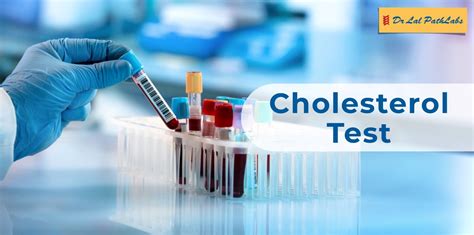
LDL Cholesterol Levels
LDL cholesterol levels are a critical component of the cholesterol profile test. The American Heart Association recommends the following LDL cholesterol level categories: * Less than 100 mg/dL: Optimal * 100-129 mg/dL: Near optimal * 130-159 mg/dL: Borderline high * 160-189 mg/dL: High * 190 mg/dL or higher: Very high Individuals with high LDL cholesterol levels should work with their healthcare provider to develop a treatment plan to lower their levels and reduce their risk of heart disease.Preparing for a Cholesterol Profile Test
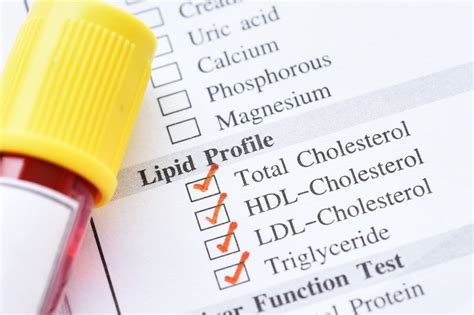
Medications and Supplements
Certain medications and supplements can affect cholesterol profile test results. Individuals should inform their healthcare provider about any medications or supplements they are taking, including: * Cholesterol-lowering medications * Blood thinners * Diabetes medications * Hormone replacement therapy * Vitamin and mineral supplements By disclosing this information, healthcare providers can take it into account when interpreting the test results and developing a treatment plan.Lifestyle Changes to Improve Cholesterol Levels

Dietary Changes
Dietary changes play a critical role in improving cholesterol levels. The following foods can help lower LDL cholesterol levels: * Fatty fish, such as salmon and mackerel * Avocados * Nuts and seeds, such as almonds and chia seeds * Fruits and vegetables, such as berries and leafy greens * Whole grains, such as brown rice and quinoa On the other hand, the following foods can increase LDL cholesterol levels and should be limited or avoided: * Saturated and trans fats, found in foods such as red meat and processed snacks * Refined carbohydrates, such as white bread and sugary drinks * Partially hydrogenated oils, found in foods such as fried foods and baked goodsTreatment Options for High Cholesterol
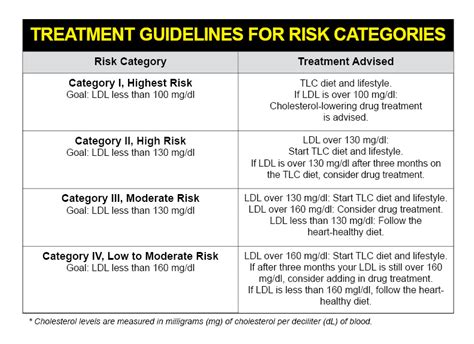
Medications for High Cholesterol
Medications for high cholesterol are often prescribed in conjunction with lifestyle changes. The following medications are commonly used to treat high cholesterol: * Statins, which reduce the production of cholesterol in the liver * Bile acid sequestrants, which bind to bile acids in the gut and remove them from the body * Nicotinic acid, which reduces the production of triglycerides and increases HDL cholesterol levels * Fibrates, which reduce the production of triglycerides and increase HDL cholesterol levelsRisk Factors for High Cholesterol
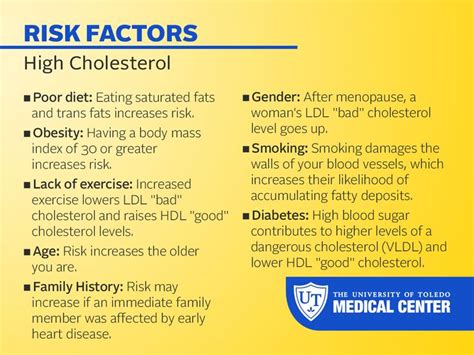
Family History of High Cholesterol
A family history of high cholesterol can significantly increase an individual's risk of developing high cholesterol. Individuals with a family history of high cholesterol should: * Get regular cholesterol profile tests * Make lifestyle changes, such as dietary changes and increased physical activity * Consider taking medications or supplements to manage cholesterol levels By taking these steps, individuals with a family history of high cholesterol can reduce their risk of developing high cholesterol and heart disease.Conclusion and Next Steps
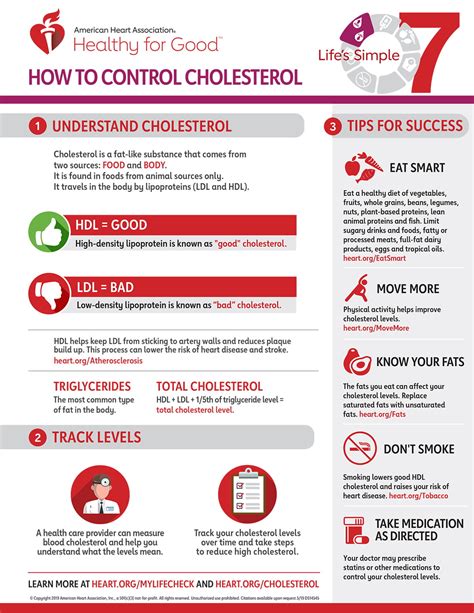
We invite you to share your thoughts and experiences with managing cholesterol levels in the comments section below. If you found this article informative, please share it with your friends and family to help them understand the importance of cholesterol management. Additionally, if you have any questions or concerns about cholesterol profile tests or managing cholesterol levels, please do not hesitate to ask.
What is a cholesterol profile test?
+A cholesterol profile test, also known as a lipid profile test, is a blood test that measures the levels of different types of cholesterol and triglycerides in the blood.
How often should I get a cholesterol profile test?
+The frequency of cholesterol profile tests depends on individual risk factors and medical history. Generally, adults should get a cholesterol profile test every 5 years, while individuals with a family history of high cholesterol or other risk factors may need to get tested more frequently.
What can I do to lower my cholesterol levels?
+To lower cholesterol levels, individuals can make lifestyle changes, such as eating a healthy, balanced diet, engaging in regular physical activity, maintaining a healthy weight, quitting smoking, and limiting alcohol consumption. Medications and supplements may also be prescribed to help manage cholesterol levels.
